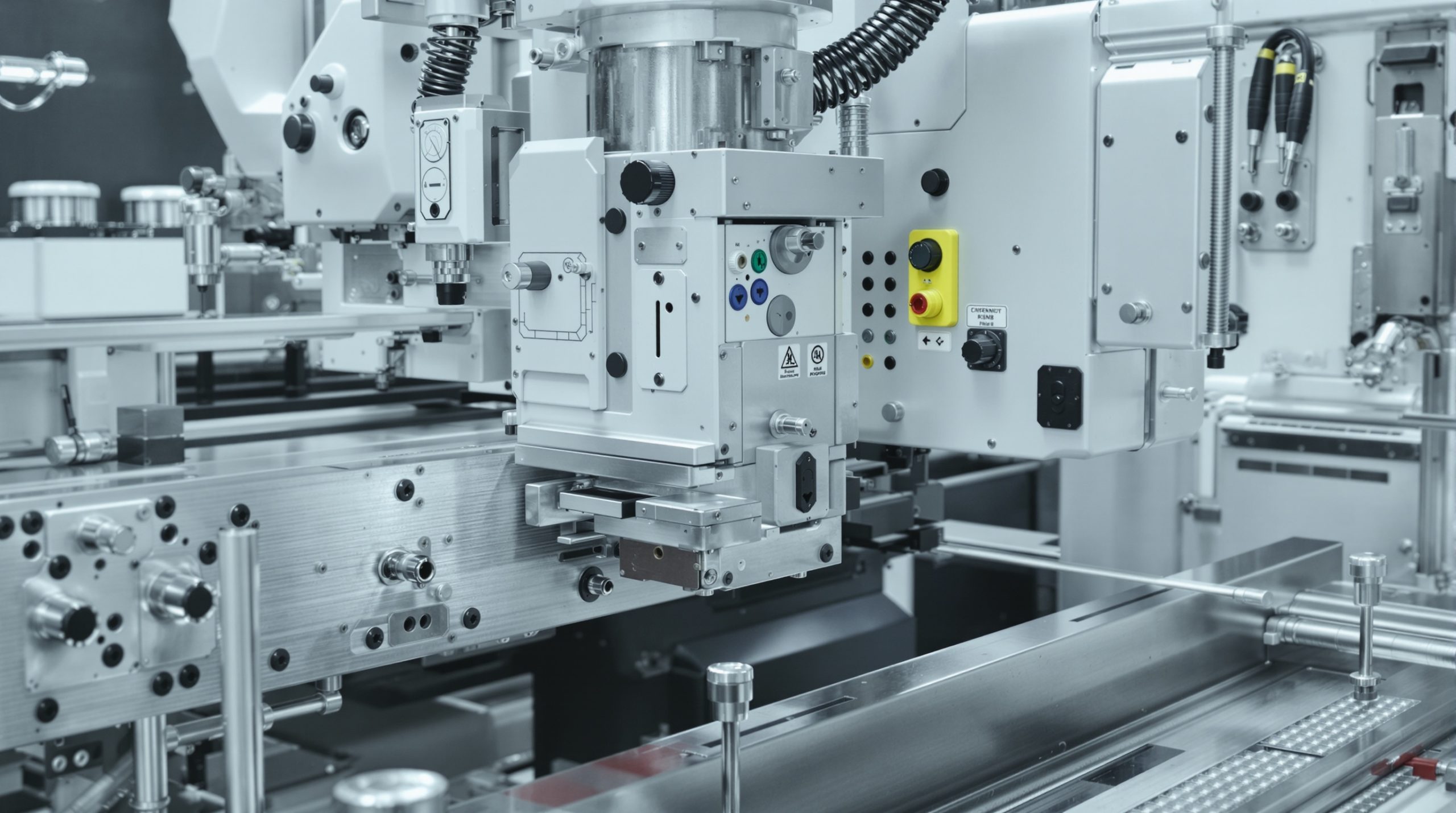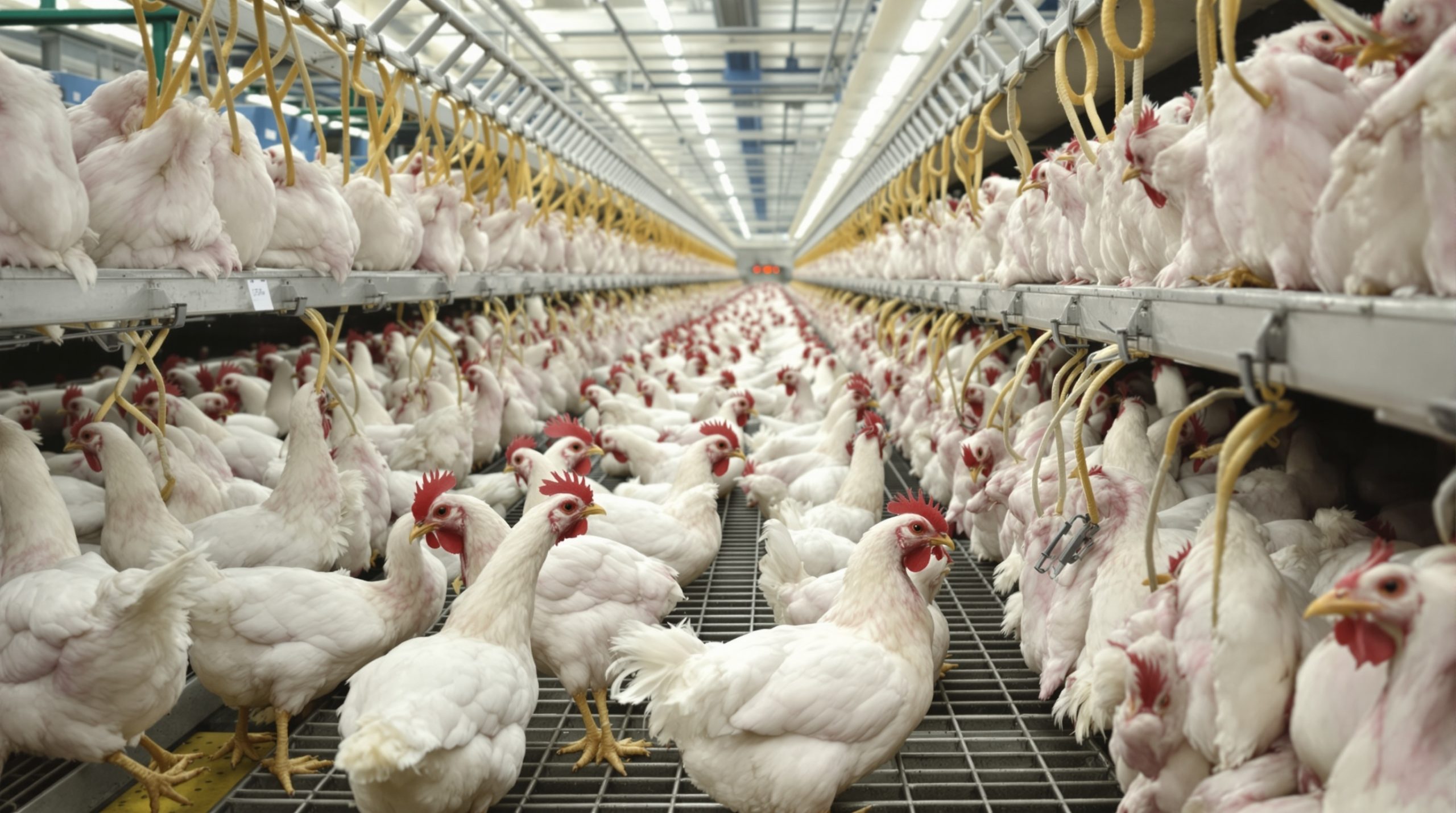The world of meat processing has undergone a remarkable transformation in recent decades, with advanced cut-up and deboning technologies revolutionizing how poultry and meat products move from farm to table. These sophisticated systems have dramatically improved efficiency, yield, and safety while reducing labor costs in processing facilities worldwide. As consumer demand for convenient, high-quality protein products continues to rise, processors are increasingly turning to automated solutions that can deliver precision cutting, improved hygiene standards, and enhanced throughput capabilities. According to our latest industry insights, the global market for meat processing equipment is projected to reach unprecedented growth levels in the coming years, driven largely by innovations in cutting and deboning systems.
The Evolution of Meat Cutting and Deboning Technologies
Meat processing has come a long way from the manual butchering techniques that dominated the industry for centuries. The transformation began with simple mechanical aids and has now progressed to sophisticated robotic systems capable of making precise cuts with minimal human intervention.
From Manual to Mechanical: A Brief History
Traditional meat processing relied heavily on skilled butchers who manually separated meat from bone using knives and hand tools. This labor-intensive approach presented numerous challenges:
- Inconsistent yields and quality
- Workplace safety concerns
- Limited throughput capabilities
- High labor costs
The first mechanical deboning machines appeared in the mid-20th century, primarily serving the poultry industry. These early systems offered basic automation but still required significant human oversight and intervention. By the 1980s and 1990s, more sophisticated equipment emerged, incorporating computer controls and improved cutting mechanisms.
Cutting-Edge Technologies Transforming Modern Processing
Today’s advanced cut-up and deboning systems represent a quantum leap forward in capability and precision. These technologies leverage artificial intelligence, computer vision, and robotics to deliver unprecedented levels of performance.
Computer Vision and AI-Driven Analysis
Modern cutting systems employ sophisticated imaging technologies to analyze each carcass before processing:
- 3D scanning systems create detailed topographical maps of meat products
- AI algorithms identify optimal cutting points based on carcass size and shape
- Real-time adjustments ensure maximum yield regardless of natural variations
- Machine learning capabilities allow systems to continuously improve accuracy
These vision systems can detect bone structures, determine meat density, and identify anatomical landmarks with remarkable precision. This data guides automated cutting tools to make perfect cuts every time, significantly reducing waste and improving consistency.
Robotic Cutting and Deboning Systems
Robotics has transformed the meat processing industry, with articulated multi-axis robots now handling complex cutting tasks:
- 6-axis robotic arms with specialized end effectors for different cuts
- Waterjet cutting technology for ultra-precise meat separation
- Force-feedback systems that adjust to varying resistance during cutting
- Collaborative robots (cobots) that work alongside human operators
These robotic systems can replicate the skilled movements of experienced butchers while maintaining consistent performance hour after hour. The most advanced systems can process hundreds of carcasses per hour with minimal downtime.
Key Benefits of Advanced Cut-up and Deboning Technologies
The adoption of sophisticated cutting and deboning technologies delivers multiple advantages for meat processors across various operational dimensions.
Improved Yield and Reduced Waste
Perhaps the most compelling benefit is the significant improvement in yield. Advanced cutting technologies can extract more usable meat from each carcass through:
- Precise cutting that follows anatomical contours
- Consistent performance that eliminates variations between operators
- Adaptive cutting patterns based on individual carcass characteristics
Even a modest 1-2% improvement in yield can translate to substantial financial benefits. Our free ROI & Carcass Balance Calculator can help processors quantify exactly how these yield improvements impact their bottom line over time.
Enhanced Food Safety and Hygiene
Automated cutting systems contribute significantly to improved food safety:
- Reduced human handling minimizes contamination risks
- Self-cleaning systems maintain hygienic conditions throughout production
- Consistent cutting temperatures help control bacterial growth
- Data logging capabilities support comprehensive food safety documentation
Many modern systems incorporate antimicrobial technologies and are designed for easy sanitization, supporting compliance with increasingly stringent food safety regulations.
Labor Optimization and Workplace Safety
In an industry facing persistent labor challenges, automation offers a compelling solution:
- Reduced dependency on difficult-to-fill skilled cutting positions
- Significantly lower risk of repetitive strain injuries and accidents
- Redeployment of workers to higher-value, less physically demanding roles
- Consistent performance regardless of shift times or workforce availability
The ergonomic benefits alone often justify investment in these technologies, as they can dramatically reduce workplace injuries associated with repetitive cutting tasks.
Industry-Specific Applications and Innovations
Poultry Processing Breakthroughs
The poultry sector has been at the forefront of adopting advanced deboning technologies. Specialized systems now exist for virtually every cutting operation:
- Automated front half deboners that separate breast meat with unprecedented precision
- Thigh deboning systems capable of navigating complex joint structures
- Wing segmentation technologies that maximize yield from each section
- Whole-bird cutting systems that can portion a chicken into retail-ready cuts in seconds
These systems have transformed poultry processing, enabling facilities to process tens of thousands of birds daily with remarkable consistency.
Red Meat Processing Advancements
While initially slower to adopt automation due to greater carcass variability, red meat processing has seen significant innovation:
- Automated rib cutting systems with bone detection capabilities
- Primal separation technologies that follow natural seams
- Precision fat trimming systems that maintain ideal fat-to-lean ratios
- Customizable portioning solutions for retail and foodservice specifications
These technologies are particularly valuable for high-value cuts where precision directly impacts profitability.
Implementation Considerations and Best Practices
Successfully integrating advanced cutting technologies requires careful planning and implementation:
Technical Integration and Facility Requirements
Processors must consider several factors when upgrading to automated systems:
- Floor space requirements and layout optimization
- Integration with existing production lines and workflows
- Utility requirements (electricity, water, compressed air)
- Environmental conditions including temperature and humidity control
Many suppliers offer comprehensive facility assessment services to ensure smooth integration of new technologies.
Training and Operational Transition
While reducing labor dependency, these systems still require skilled oversight:
- Operator training programs for system monitoring and management
- Maintenance team preparation for preventative and corrective maintenance
- Production planning adjustments to maximize system utilization
- Quality assurance protocols to verify system performance
The most successful implementations include comprehensive training and transition support from technology providers.
Future Trends in Cutting and Deboning Technology
The evolution of meat cutting technology continues at a rapid pace, with several emerging trends shaping the future:
- AI-enhanced adaptability allowing systems to learn and improve without explicit programming
- Integration with blockchain and traceability systems for enhanced food safety documentation
- Sustainable design features that reduce water and energy consumption
- Advanced sensory capabilities that can assess meat quality parameters during cutting
These innovations promise to further enhance yield, quality, and efficiency in meat processing operations.
Conclusion
Advanced cut-up and deboning technologies represent one of the most significant transformations in modern meat processing. By combining computer vision, robotics, and artificial intelligence, these systems deliver unprecedented levels of precision, consistency, and efficiency. As the industry continues to face challenges including labor shortages, food safety demands, and margin pressures, investment in cutting and deboning automation offers a compelling solution. Processors seeking to remain competitive in tomorrow’s market should evaluate how these technologies can transform their operations today. For personalized guidance on selecting and implementing the right cutting and deboning solutions for your specific requirements, contact our team of meat processing technology experts.
References
[1] Food and Agriculture Organization of the United Nations – Cutting, boning and portioning techniques for meat
[2] Journal of Food Engineering – Advances in meat processing technology
[3] Poultry Science – Automation in poultry processing
[4] Meat Science – Recent developments in meat processing technology
[5] USDA Food Safety and Inspection Service – Advanced Meat Recovery Systems



